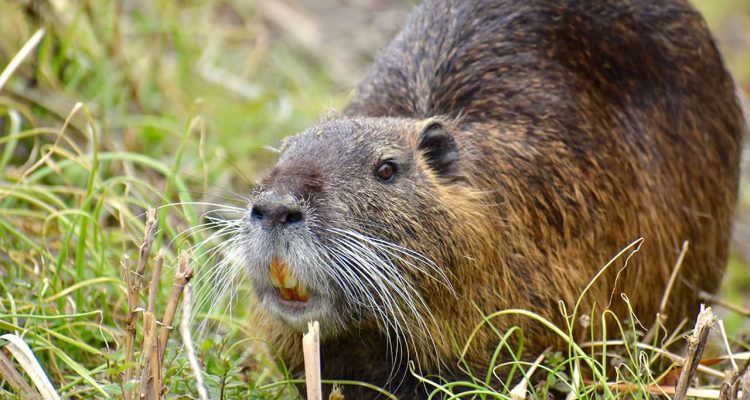Harder Bill for Nutria Invasion Passes
Harder’s Bipartisan Bill to Fight Giant Rodent Invasion Passes Committee with Unanimous Support
Over 800 Nutria Have Been Removed from California Since Being Spotted in 2017
Representative Josh Harder’s (CA-10) bill to combat the invasion of nutria, an invasive species of giant rodent, has passed the House Natural Resources Committee with unanimous support.
The bill as amended would provide $12 million to nutria-impacted states, including California. Since the animal first reappeared in California in 2017, the California Department of Fish and Wildlife has removed over 800 animals from the Central Valley. Rep. Harder is joined on the bill by Republican Garrett Graves of Louisiana as well as fellow California Representatives Jim Costa, TJ Cox, John Garamendi, Barbara Lee, and Jimmy Panetta.
“I had a chance to see the great work California Fish and Wildlife is doing for myself, but it’s clear that we need some backup,” said Rep. Harder. “Our bipartisan bill would bring the federal support we need to states like California to end this invasion and send the swamp rats packing.”
“Nutria are an invasive species that have contributed to the 2800 square miles of the coastal wetlands loss in Louisiana,” said Rep. Graves. “Since our efforts to teach nutria abstinence have failed and they apparently taste like a car tire, we must expand our bounty program to eradicate these pests. The bill we passed today provides millions of dollars in funding to Louisiana and other states while allowing for the restoration of impacted lands. I appreciate Cong. Harder and our other partners working with us to pass this important legislation”.
“Nutria are wreaking havoc on our water infrastructure in the Valley, destroying canals, levees, wetlands, and crops,” said Rep. Costa. “I’m pleased Chairman Grijalva and the Natural Resources Committee voted to advance this legislation today and I am hopeful it will continue to move through the legislative process so we can deliver results for the Valley.”
“The Central Valley needs resources to fight this invasive species, so I’m proud to join my Valley colleagues in supporting bipartisan legislation that brings resources to California to help us turn the tables on the Nutria, protecting our crops and waterways,” said Rep. Cox.
“These invasive rodents are incredibly destabilizing for the local levees and flood control infrastructure that keeps our communities safe. Sacramento and the Central Valley are already flood prone regions, and we must do everything in our power to ensure nutria don’t exacerbate that risk,” said Rep. Garamendi. “We already know there’s a program with a proven track record of eradicating these pests, and our legislation would bring that program to the region and rid our communities of these rodents at a minimal cost. I’m pleased that this legislation has passed the Natural Resources Committee unanimously, and I applaud Congressman Harder’s leadership on this issue.”
In June of 2019, Rep. Harder along with his fellow Central Valley representatives introduced a bill to reauthorize the Nutria Eradication and Control Act of 2003 and direct $12 million to programs in nutria-impacted states. The programs supported by the bill encourage habitat protection, education, research, monitoring, and capacity building to provide for the long-term protection of wetlands from destruction caused by nutria. Following today’s committee vote, the bill will next be considered on the House Floor.
Nutria were originally introduced to the United States as part of the fur trade in the late 1800s but were eradicated from California in the 1970s. They can devour up to 25 percent of their body weight daily and one female can lead to 200 offspring per year. These invaders threaten water infrastructure, certain crops, and indigenous wildlife.
Representative Harder has repeatedly pushed to pass the bill. In September, he brought a life-size taxidermy nutria to a Congressional hearing to illustrate the threat posed by the invader for his colleagues. In a separate hearing, he brought a graphic example of the invasion curve (colloquially referred to as a “#RatChart”) to demonstrate the need to act urgently.










